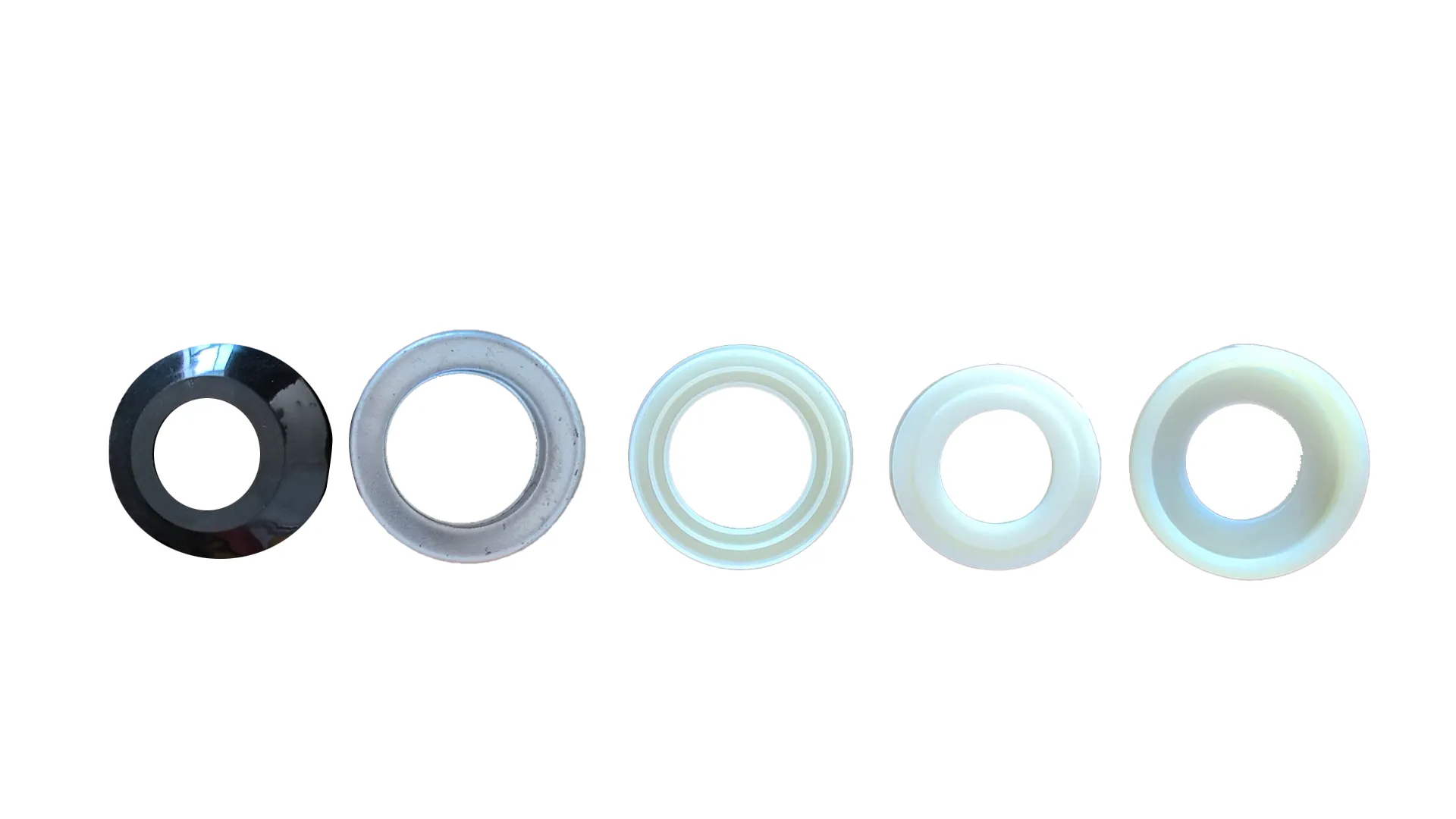 Afrikaans
Afrikaans  Albanian
Albanian  Amharic
Amharic  Arabic
Arabic  Armenian
Armenian  Azerbaijani
Azerbaijani  Basque
Basque  Belarusian
Belarusian  Bengali
Bengali  Bosnian
Bosnian  Bulgarian
Bulgarian  Catalan
Catalan  Cebuano
Cebuano  Corsican
Corsican  Croatian
Croatian  Czech
Czech  Danish
Danish  Dutch
Dutch  English
English  Esperanto
Esperanto  Estonian
Estonian  Finnish
Finnish  French
French  Frisian
Frisian  Galician
Galician  Georgian
Georgian  German
German  Greek
Greek  Gujarati
Gujarati  Haitian Creole
Haitian Creole  hausa
hausa  hawaiian
hawaiian  Hebrew
Hebrew  Hindi
Hindi  Miao
Miao  Hungarian
Hungarian  Icelandic
Icelandic  igbo
igbo  Indonesian
Indonesian  irish
irish  Italian
Italian  Japanese
Japanese  Javanese
Javanese  Kannada
Kannada  kazakh
kazakh  Khmer
Khmer  Rwandese
Rwandese  Korean
Korean  Kurdish
Kurdish  Kyrgyz
Kyrgyz  Lao
Lao  Latin
Latin  Latvian
Latvian  Lithuanian
Lithuanian  Luxembourgish
Luxembourgish  Macedonian
Macedonian  Malgashi
Malgashi  Malay
Malay  Malayalam
Malayalam  Maltese
Maltese  Maori
Maori  Marathi
Marathi  Mongolian
Mongolian  Myanmar
Myanmar  Nepali
Nepali  Norwegian
Norwegian  Norwegian
Norwegian  Occitan
Occitan  Pashto
Pashto  Persian
Persian  Polish
Polish  Portuguese
Portuguese  Punjabi
Punjabi  Romanian
Romanian  Russian
Russian  Samoan
Samoan  Scottish Gaelic
Scottish Gaelic  Serbian
Serbian  Sesotho
Sesotho  Shona
Shona  Sindhi
Sindhi  Sinhala
Sinhala  Slovak
Slovak  Slovenian
Slovenian  Somali
Somali  Spanish
Spanish  Sundanese
Sundanese  Swahili
Swahili  Swedish
Swedish  Tagalog
Tagalog  Tajik
Tajik  Tamil
Tamil  Tatar
Tatar  Telugu
Telugu  Thai
Thai  Turkish
Turkish  Turkmen
Turkmen  Ukrainian
Ukrainian  Urdu
Urdu  Uighur
Uighur  Uzbek
Uzbek  Vietnamese
Vietnamese  Welsh
Welsh  Bantu
Bantu  Yiddish
Yiddish  Yoruba
Yoruba  Zulu
Zulu Conveyor System Head Roller Design and Functionality Overview
Understanding the Conveyor Head Roller Essential Component of Material Handling Systems
In the realm of material handling and transportation systems, conveyor belts serve as the backbone for efficient movement of goods. Among the key components of these systems is the conveyor head roller, an often-overlooked element that plays a crucial role in the overall functionality and efficiency of conveyor systems.
What is a Conveyor Head Roller?
The conveyor head roller, also known as the drive roller, is situated at the discharge end of a conveyor belt. Its primary function is to facilitate the movement of the belt by providing the necessary drive mechanism. The head roller is typically powered by an electric motor, either directly or via a series of belts and pulleys, which translates electrical energy into rotational motion. As the roller spins, it drives the conveyor belt forward, enabling the transportation of materials across various distances, from a few feet to several miles depending on the application.
Importance of the Conveyor Head Roller
1. Drive Mechanism As the primary driving force behind the conveyor belt system, the head roller ensures that the belt moves smoothly and consistently. Its effective functioning is vital for maintaining operational efficiency and preventing disruptions in material flow.
2. Load Bearing The head roller must be designed to handle significant loads, depending on the type of materials being transported. It must cope with not only the weight of the goods but also the stresses incurred during startup and operation. Robust construction and durability are essential for ensuring the longevity and reliability of the conveyor system.
3. Alignment and Guidance Proper alignment of the conveyor belt is crucial for avoiding misalignment and slippage during operation. The head roller plays a role in guiding the belt along the intended path. Features such as crowned surfaces or guides can enhance belt tracking, reducing wear and tear.
4. Transfer Points In conveyor systems with multiple belts or transfer points, head rollers can help in the seamless transition of materials from one segment to another. This is essential in applications where materials are moved between different conveyor lines or machinery.
Types of Conveyor Head Rollers
conveyor head roller

Conveyor head rollers come in various designs and configurations, tailored to meet the specific requirements of different applications
. The main types include1. Rubber-Coated Rollers These rollers are often used in applications where grip is essential to prevent slippage, particularly when dealing with heavier loads or incline belts.
2. Crowned Rollers Featuring a slight curvature on the surface, crowned rollers aid in tracking and alignment of the conveyor belt, minimizing the chances of lateral movement.
3. Solid Rollers Made from durable materials like steel, these rollers are designed for heavy-duty applications and can withstand significant stress, making them suitable for tough industrial environments.
4. Lightweight Plastic Rollers Used in smaller conveyors or applications requiring less load capacity, these rollers are lighter and often more economical while still providing adequate performance.
Maintenance of Conveyor Head Rollers
To ensure optimal functionality, regular maintenance of conveyor head rollers is essential. Operators should conduct routine inspections to check for signs of wear, misalignment, or damage. Lubrication of the bearings and ensuring proper tension in the drive system can help prevent failures. Additionally, cleaning the rollers and surrounding areas can help reduce debris buildup, which might interfere with performance.
Conclusion
The conveyor head roller, although small in comparison to the entire system, is a vital component of conveyor belt operations. Its role in driving the belt, bearing loads, and ensuring proper alignment cannot be overstated. In the context of industrial efficiency and reliability, understanding the significance of the head roller and maintaining its performance can lead to smoother operations and reduced downtime. Companies relying on conveyor systems should prioritize the selection and maintenance of their head rollers, recognizing them as integral to their material handling processes. With the right attention and care, these components can significantly enhance productivity and operational success.
-
Trusted Conveyor Solutions from Leading Conveyor Idler Roller ManufacturersNewsJun.27,2025
-
Reliable Return Idler Solutions for Efficient Belt Conveyor SystemsNewsJun.27,2025
-
Precision Conveyor Accessories for Streamlined Material HandlingNewsJun.27,2025
-
High-Quality Belt Conveyor Idler Solutions for Efficient Material HandlingNewsJun.27,2025
-
High-Performance Belt Conveyor Pulleys for Reliable Material HandlingNewsJun.27,2025
-
Enhancing Material Handling EfficiencyNewsJun.27,2025





























